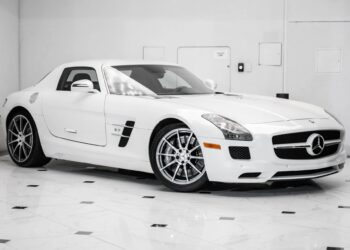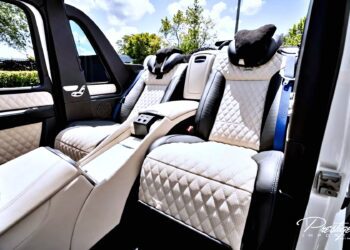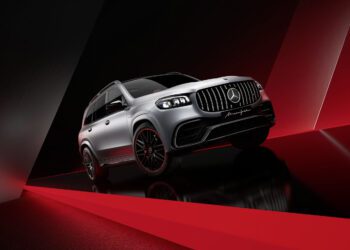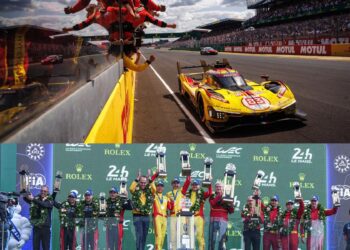Luxury and innovation are Mercedes-Benz’s secret to success.
Mercedes-Benz’s international third-quarter report for 2023 tells a tale of power, luxury, and electric ambition. Despite market challenges, their performance has been commendable, and certain segments even shine more than others.
Mercedes-Benz car sales reached a total of 510,600 units in Q3, marking a 4% drop. But this slip is due to certain understandable reasons. The E-Class underwent a model changeover, and the GLC faced supply-chain hitches. But the real magic happened in the top-end luxury realm, where Mercedes-Benz has begun placing more focus. Mercedes-Maybach sales shot up by a significant 26%. The high-end domain of cars isn’t just about opulence; it’s about transitioning to the future. A whopping 20% of overall sales for Mercedes-Benz now consist of hybrid and electric vehicles. Their battery electric vehicle (BEV) sales have impressively increased by 66% for the quarter. January to September showed consistent growth. A 2% rise in sales during these months culminated in 1,529,800 units sold. This aligns perfectly with Mercedes-Benz’s full-year guidance, aiming to match sales with the previous year.
Britta Seeger, Board Member of Mercedes-Benz Group AG, highlights the unwavering customer desire for their products. The high-end all-electric segment, notably the EQS SUV, enjoys immense popularity. The brand’s vision extends beyond existing successes. They showcased the Concept CLA Class at the IAA in Munich, presenting a sneak peek into the electrifying future of luxury.
Diving deeper into electric sales, Q3 saw 61,600 BEV units sold, a leap of 66%. The EQA and EQB models played their part with increases of 108% and 96%, respectively. The EQS SUV stands tall in the electric luxury sector, with a year-to-date sale of 26,300 units, marking a 53% rise. Mercedes-Benz also shows commitment to electrification infrastructure, announcing the establishment of their high-power charging stations and a new charging joint venture for North America by 2024.
The Top-End segment witnessed a bit of a mixed bag. Sales for the first nine months rose to 246,500 units, up 6%. Q3, however, experienced an 11% dip. But Mercedes-Maybach stood out, soaring with a 26% increase, totaling 6,600 units. The G-Class remains a unique proposition in the market, registering an 11% surge in Q3 sales. The S-Class, particularly in China, dominated its segment with a more than 50% market share, even though global sales were down by 18%.
On the regional front, Europe showed a positive trajectory with a Q3 sales increment of 12%. Germany, the homeland, remained robust with 11% growth. The Asian market, especially China, celebrated the success of the G-Class and Mercedes-Maybach. Both models set new Q3 sales records, growing by 35% and 30% respectively. In the American continent, the U.S. saw a notable rise in BEV sales, doubling in Q3. The EQE SUV and EQS SUV contributed significantly, comprising almost half of the total BEV sales.
In conclusion, Mercedes-Benz’s Q3 performance paints a picture of an auto giant that’s both grounded in its roots of luxury and forward-looking with electric vehicular ambitions. The challenges of the market did not deter their spirit, and with their consistent drive towards an electrifying future, Mercedes-Benz is poised to steer the automotive industry towards new horizons.






